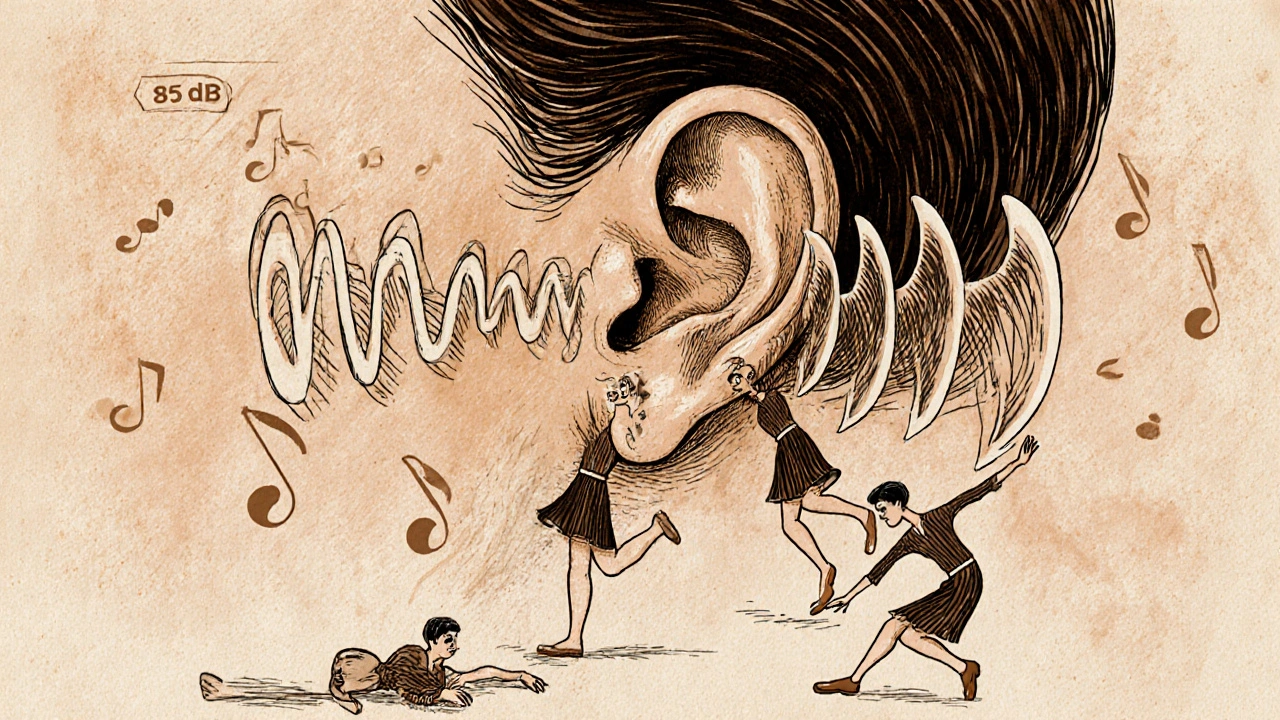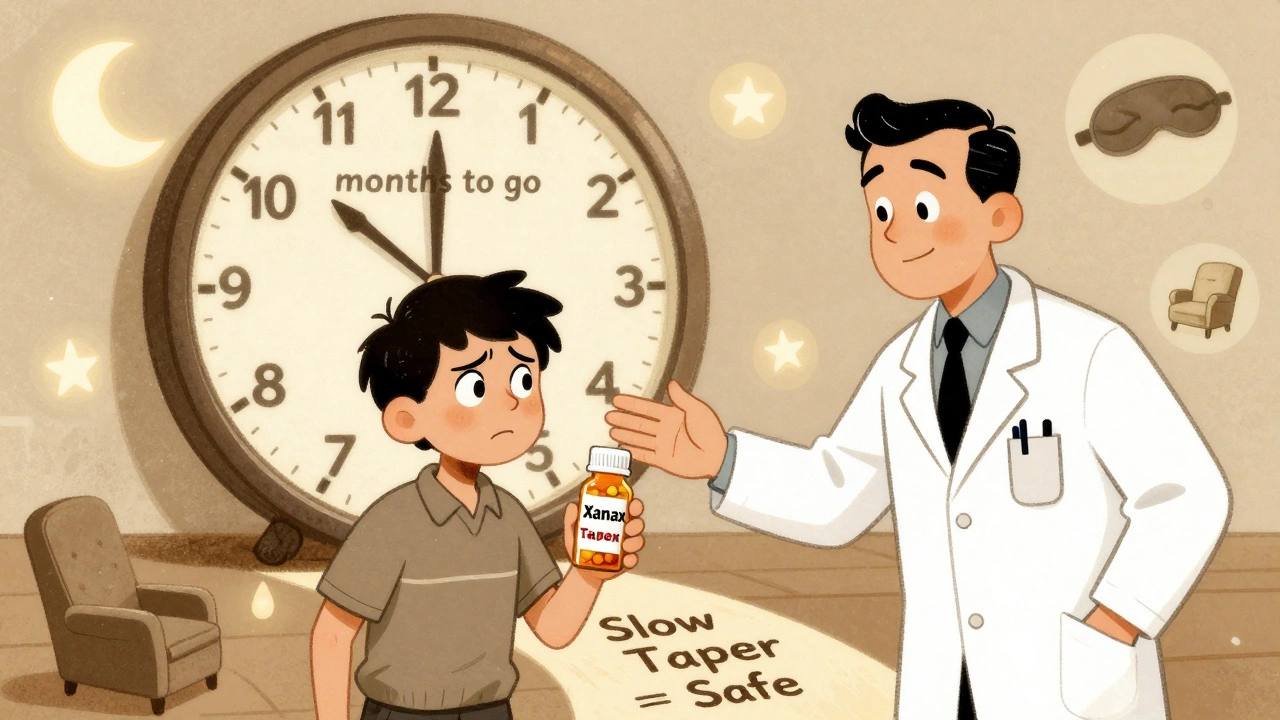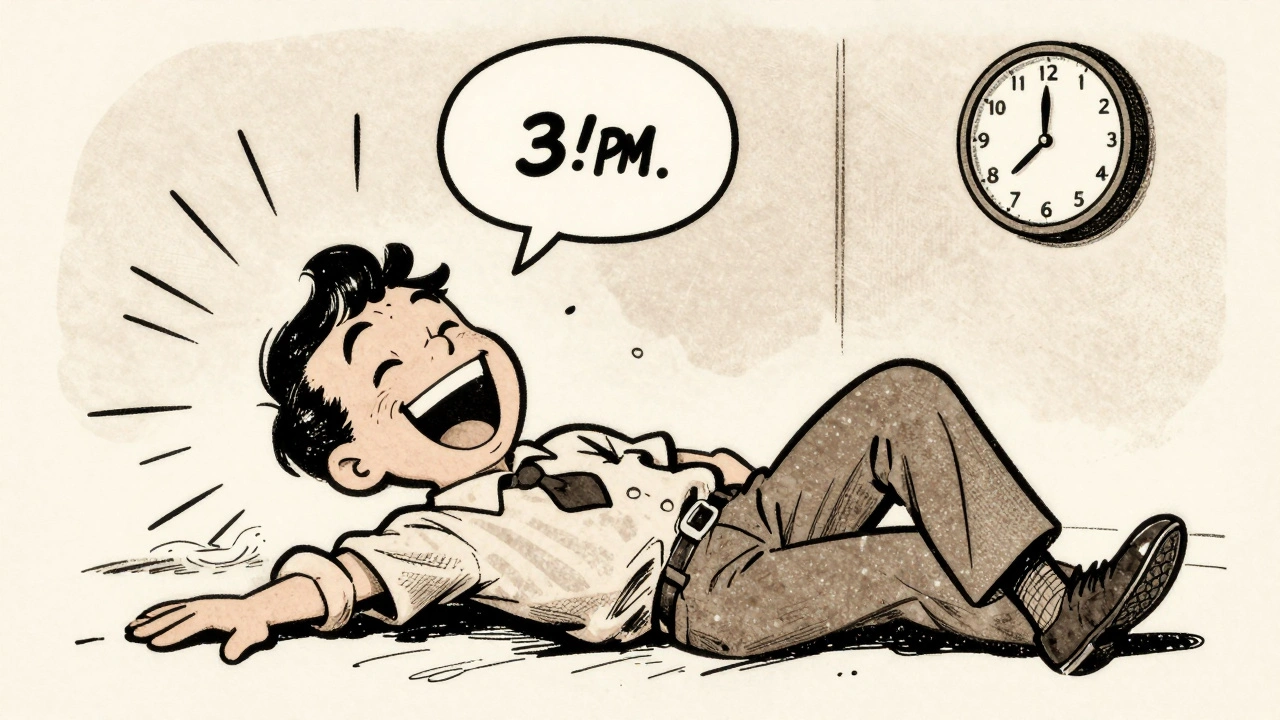Cochlear Hair Cells: What They Do and Why They Matter for Hearing
When you hear a song, a voice, or even a door closing, it’s thanks to cochlear hair cells, specialized sensory cells in the inner ear that convert sound vibrations into electrical signals the brain can understand. Also known as auditory hair cells, these microscopic structures are the literal bridge between sound and perception. Unlike skin or liver cells, cochlear hair cells in humans don’t regenerate. Once they’re damaged—by loud noise, aging, or certain drugs—they’re gone for good. That’s why sensorineural hearing loss, the most common type, is often permanent.
These cells sit inside the cochlea, a snail-shaped organ in the inner ear filled with fluid and lined with thousands of hair cells. Each hair cell has tiny bristles, called stereocilia, that bend when sound waves pass through. That bending opens channels in the cell, triggering an electrical signal that travels via the auditory nerve to your brain. High-pitched sounds activate hair cells near the base of the cochlea; low tones hit the top. Damage to the base? You lose high-frequency hearing first—like missing birdsong or children’s voices.
Many medications, including some antibiotics and chemotherapy drugs, can poison these cells. That’s why doctors monitor hearing during treatments like cisplatin or high-dose gentamicin. Noise exposure is another major killer: concerts, power tools, and even headphones at high volume can wear them down over time. There’s no pill to bring them back—yet. But research is pushing hard on gene therapy and stem cell approaches to restore them. Clinical trials are underway, and early results in animals show promise.
What you can do now? Protect what you’ve got. Use earplugs in loud environments. Keep volume low on personal audio devices. Get regular hearing checks, especially after 50 or if you’re on ototoxic meds. And if you’re already experiencing hearing loss, hearing aids and cochlear implants don’t fix hair cells—but they can bypass them. Cochlear implants, for example, send electrical pulses directly to the auditory nerve, skipping damaged hair cells entirely.
Below, you’ll find practical guides on hearing health, ototoxic drugs, and how modern medicine is tackling the root causes of hearing loss. Some posts talk about medications that harm these cells. Others cover tools and treatments that help you live better when they’re gone. This isn’t just science—it’s about keeping your world audible.

Sensorineural Hearing Loss: What Causes Inner Ear Damage and Permanent Deafness
- 15 Comments
- Nov, 19 2025
Sensorineural hearing loss is permanent inner ear damage that affects how sound is processed. Learn what causes it, how it’s diagnosed, and the real-world solutions that help people hear better-even when the damage can't be reversed.




